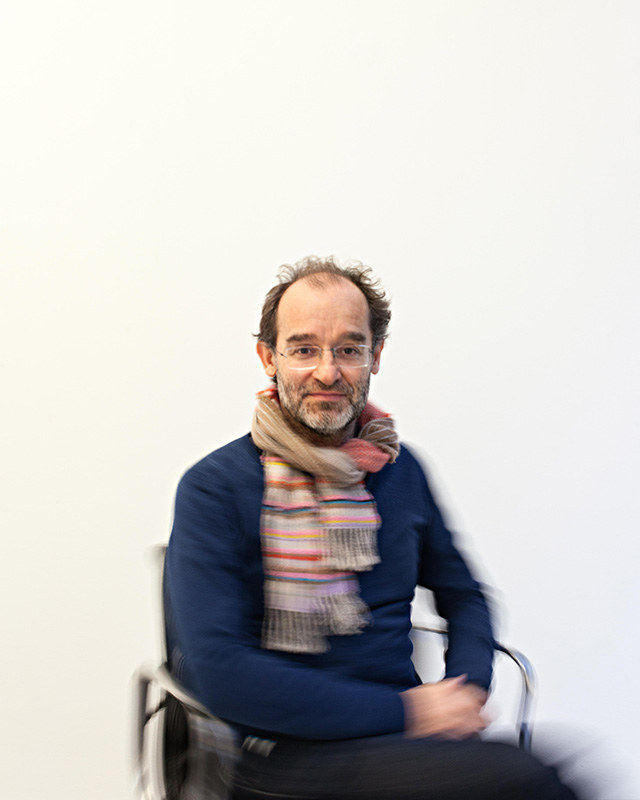Photography is the process of recording an image with a camera, originally by using light sensitive film but now more often digital electronic memory. The word photography is derived from the Greek words ‘phōtós’ meaning “light” and ‘graphé’ meaning “representation by means of lines” together meaning “drawing with light”. Photography is usually thought of as a means of documenting a moment in time and in a way it is. A photo can be of any subject and still it captures a moment in time however the art of photography is about how the subject of that image is interpreted. A photographer can have their own implications and a context behind an image when they take it but often someone else will look at the exact same image and interpret something completely different. Photography is subjective and can change meaning to each individual that views it. Over time photos can gain new meaning or loose meaning as events happen throughout the world, many things become less relevant, and opinions and people change.

Photographs confuse as much as fascinate, conceal as much as reveal, distract as much as compel. They are unpredictable communicators. – David Campany’s work On Photographs
I think Campany is referring to how a photo never has one set meaning and can change and be different for everyone explaining the contradictory phrases. “confuse as much as fascinate” I think this alludes to how photography is diverse and often we don’t understand as they are documents and arts of things that many of us have not experienced. Hence how each image can be regarded in a different light by each person as all have separate life experiences.

A very famous photo from the anti war pentagon march in 1967 is the “flower girl”. I think it is an incredibly powerful photo documenting the views of protesters that day and what they were standing up against – from an art standpoint the composition was obviously no accident and creates a stark contrast between the subjects. On one side a young girl holding a flower and on the other soldiers with sheathed bayonets. I think this is a good example of how photos meant to document events are still an art form. “conceal as much as reveal” this image at one end reveals a lot of the protesters standpoints from the day but does not fully explain the circumstances, it hides the atrocities of the protest and how the protesters were then treated behind one moment frozen in time. Photographs never give full context, but then again there is nothing that can give full context, in history we rarely see all sides of the story. It is up to a persons opinion of what has happened and what they think and the same goes for photography.

“Distract as much as compel” I think this refers to how photographs can be used a a form of escapism as they freeze a moment in time and can bring a sense of nostalgia or simply remind you of a far away place. I think photos are needed and helpful to help remember events whether it is monumental changes in history or small snippets of someones daily life. In my opinion photography can be both an art form, a way of documentation, and more often than not both.

Klein’s work the “Saut Dans le vide” meaning “leap into the void” perfectly illustrates many of Campany’s contradictions. As it depicts a man throwing himself of a building it begs the question of why is he doing it? what lead to this? what happened after? As every photograph it documents a moment in time, but as an art form it can mean many things. He is wearing a suit it could be a social narrative on working conditions and economy in the 1960s. He is throwing himself into an open space as he calls it the “void” this could allude to jumping into the unknown the 60s were turbulent years filled with social and economical change. Or it could simply be an eye catching advertisement for Yves Klein’s upcoming exhibition and a means of getting into the public eyes. It is all about your interpretation of of what you are seeing from own lived experience someone in the 60s living that decade would take something entirely different from this photo than someone living now. The actual image is made from two separate photos removing a group of people holding a tarp to catch him as he fell further suggesting that images can “conceal” and are often made to be confusing as it creates interest and a narrative.
